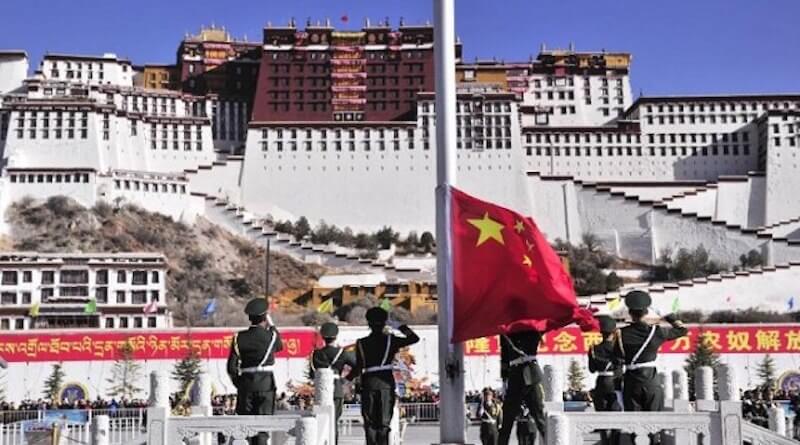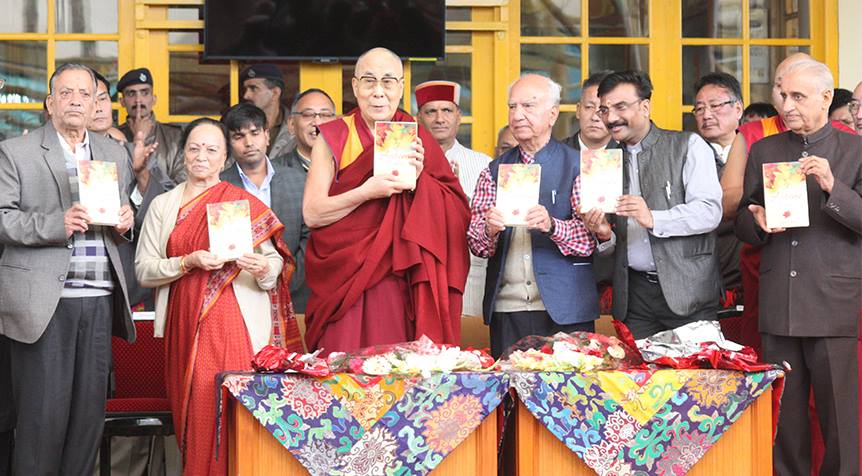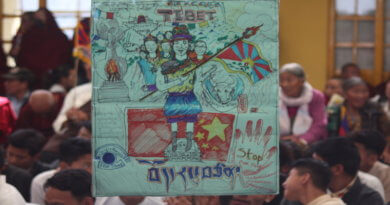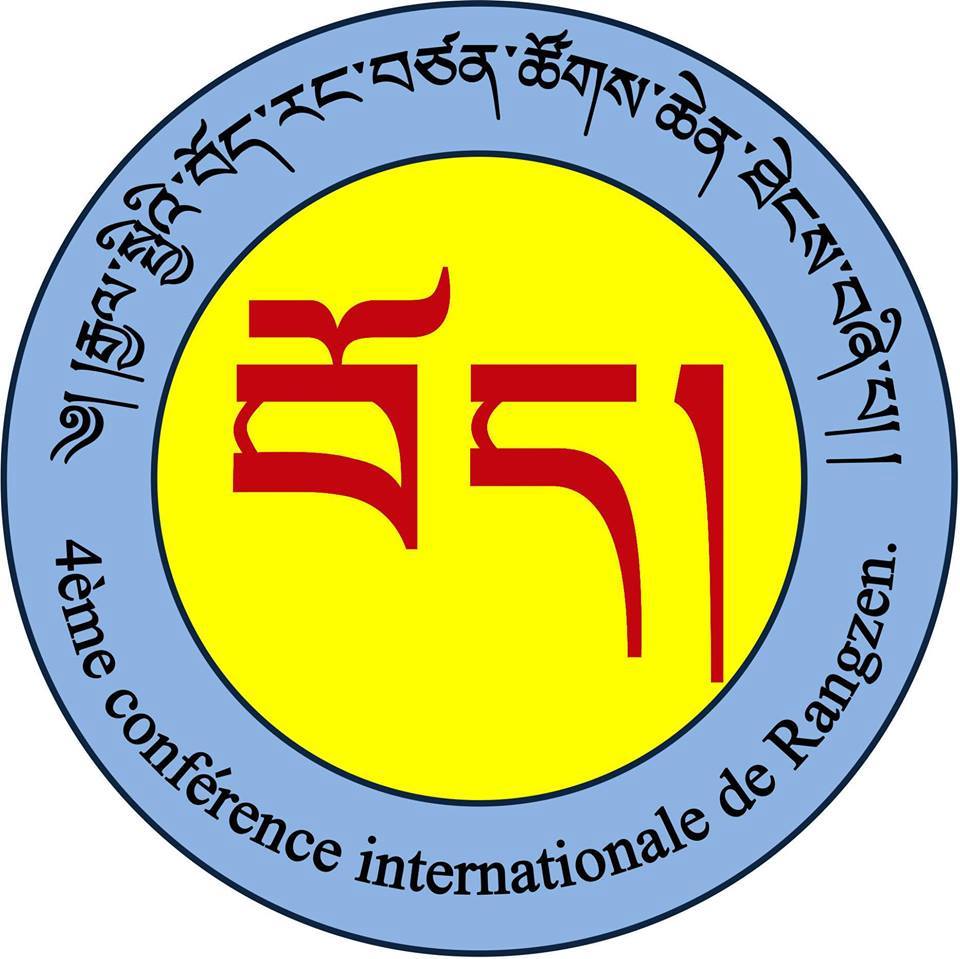China’s rubber-stamp legislature in Tibet passes law making ‘ethnic unity’ mandatory
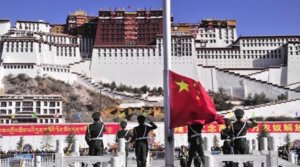
DHARAMSALA, 14 Jan: The government of Southwest China’s Tibet, Beijing’s rubber stamp legislature in Tibet has passed a law in occupied Tibet that identified Tibetans as Chinese ethnic minorities while making ethnic unity mandatory.
The government of Southwest China’s Tibet approves the rules on Saturday, at the ongoing 3rd Session of the 11th People’s Congress of Tibet, according to reports on Chinese state media.
The law which will take effect from 1 May 2019 “makes it clear that Tibet has been an inalienable part of China since ancient times, and it is the common responsibility for the people of all ethnic groups to safeguard national reunification, strengthen ethnic unity and take a clear-cut stand against separatism,” Chinese state-run Global Times reported on Sunday.
It further stressed that Tibetan ethnic cultures are an integral part of Chinese culture while demanding all ethnic groups to protect, inherit and develop the traditional cultures such as Tibetan opera and thangka painting, local legislators suggested at the session, the report noted.
The South China Morning Post reported that the law appears similar to those officials in East Turkistan have occasionally used to justify its crackdowns on the region’s ethnic Uygur community.
The law will just be another dictum of the communist regime in Tibet as it reportedly commands “dos and don’ts” for the local governments and society to promote ethnic unity.
While China says Tibet its part of China, The Central Tibetan Administration(CTA), commonly known as the Tibetan government in exile describes Tibet’s current political status as an occupied country without United Nations’ representation.
It was set up on 29 April 1959 by His Holiness the Dalai Lama in the north Indian hill station of Mussoorie before it was moved to Dharamsala at the foothills of Dhauladhar range of the Himalayas in Himachal Pradesh’s Kangra district in May the following year.
On 10th March 1959, sensing a Chinese plot to abduct His Holiness the Dalai Lama, more than 300,000 Tibetans surrounded his summer palace, Norbulingka to protect his life and to protest against the Chinese occupation.
Seven days later, His Holiness the Dalai Lama left Lhasa and fled to India. 80,000 Tibetans followed him into exile.
After more than 60 years of occupation, Tibetans still continues to resist China’s rule and defy its oppression.
Since Feb 2009, 156 Tibetans have self-immolated in the Chinese occupied Tibet calling for freedom, an end to the Chinese occupation of Tibet and the return of His Holiness the Dalai Lama to Tibet while 10 self-immolations by Tibetans have occurred in exile since 1998.

